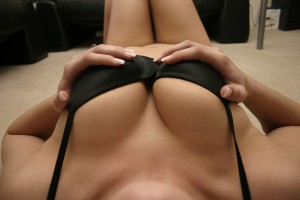 While it’s hard to say what qualities define the perfect breast, developments in cosmetic surgery have made it possible for women with breasts of nearly any shape to get beautiful results with cosmetic breast enhancement. At the same time, certain variations in your existing breasts may require specific surgical considerations. Let’s look at how four specific characteristics of natural breasts could impact the outcome of your breast augmentation.
While it’s hard to say what qualities define the perfect breast, developments in cosmetic surgery have made it possible for women with breasts of nearly any shape to get beautiful results with cosmetic breast enhancement. At the same time, certain variations in your existing breasts may require specific surgical considerations. Let’s look at how four specific characteristics of natural breasts could impact the outcome of your breast augmentation.
-
Droopy Breasts (Ptosis)
Women with significant ptosis (drooping or sagging) due to childbirth and nursing, significant weight loss, or simply genetics and age often require a breast lift in addition to implants. Combining the two procedures creates a perky, youthful look in addition to adding volume.
-
Tuberous Breasts
Tuberous breasts require a different surgical approach to get the best results. In most cases, anatomical implants (also known as “teardrop” implants) yield the most natural-looking breast augmentations in tuberous breasts, along with releasing the constricted tissue that leads to this long, tubular breast shape in the first place. Sometimes, nipples and areola may be reduced at the same time.
-
Asymmetrical Breasts
Most women have some degree of asymmetry between their natural breasts, but for women with significantly asymmetrical breasts, surgeons can use implants of two different sizes to get perfectly proportional results. A reduction on the larger breast is another possible option.
-
Base Diameter
Many of my patients don’t realize that measurements like breast base diameter significantly impact the approach a cosmetic surgeon takes when performing breast augmentation. This dimension may necessitate the use of one type of implant profile over another. In general, high-profile implants are best suited to patients with a narrower breast base, while low- and moderate-profile implants will look best on patients with wider base diameters.











